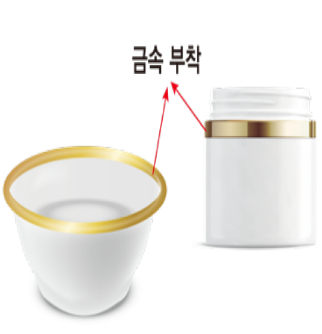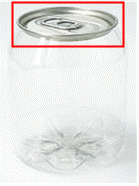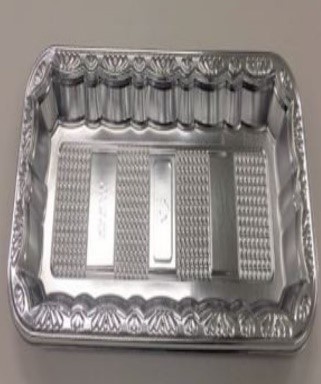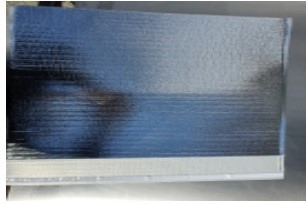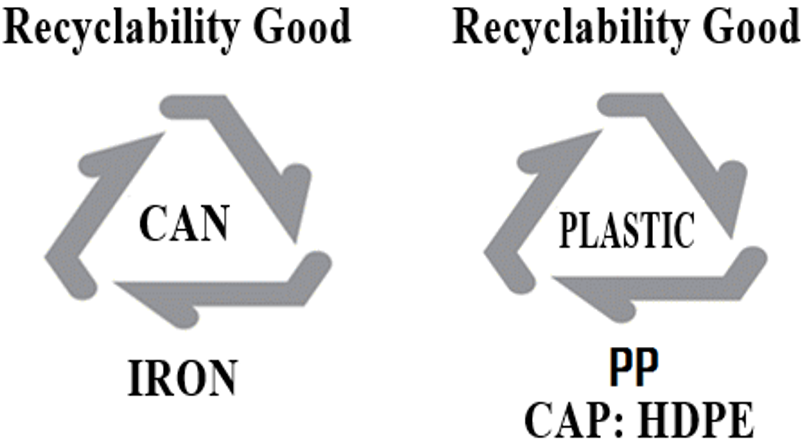To curb wastes and to promote efficient use of resources, the Korean government has been taking steps to bolster recycling of materials that had been traditionally treated as waste. Among the major steps is the Ministry of Environment’s adoption of a grading system to evaluate recyclability of packaging materials, which has been in force since December 25, 2019 (“Packaging Recyclability Grade and Labelling System”). Since the enforcement of the system, the MOE has amended its standards for evaluating recyclability of packaging materials in light of the development of new packaging materials and changes in recycling environment. The amended MOE standards took effect on February 28, 2022.
Key aspects of the amended standards adopted by the MOE are as follows:
1. Expanded the definition of “undetachable”
Whether a certain packaging material is detachable from the main product container is one of the primary factors in evaluating recyclability of product packaging. In addition to the existing definition of “undetachable” (i.e., “where it is difficult for consumers to separate labels, caps, or miscellaneous materials without using a separate tool"), the amended standards also include cases where a part of labels, caps, or miscellaneous materials remains [on the product] even if they are separated from the body without using a separate tool.
2. Excluded PET bottle cap seals (i.e., the additional layer on top of the PET bottle underneath the PET cap) from the scope of “difficult to recycle” grade
PET bottle cap seals are no longer classified as “difficult to recycle” grade under the amended standards. This change was adopted on the basis that the seals are likely to be discarded separately from PET bottle in many cases where the product can be consumed only after the seal has been removed completely.
3. Adjusted the classification standards for synthetic resin packaging materials
-
Among the types of packaging materials, the classification of "synthetic resin packaging materials" was simplified as follows.
| Before Amendment | After Amendment |
|
8. Single-material containers, trays made of synthetic resin 9. Composite-material containers and trays, and single/composite-material films and sheets |
8. Containers and trays made of synthetic resin 9. Films and sheets made of synthetic resin |
-
Among the synthetic resin packaging materials, the minimum recyclability grade of composite-material containers and trays was adjusted downward from “good for recycling" to "normal for recycling.”
-
In case of synthetic resin containers and trays, if a straw is attached to a container and the container has a lid or a cap made of a material other than synthetic resin, the packaging will be evaluated as “difficulty to recycle,” regardless of the material of the body. Before the amendment, the packaging was evaluated as “difficulty to recycle” only in cases where a single material other than PET was used for the body of the container and the container comes with a lid (or a cap) and a straw attached.
Please note that below are examples of synthetic resin packaging materials that are newly classified as “difficult to recycle” under the amended standards.
| [Examples of synthetic resin based packaging materials that are newly classified as “difficult to recycle”] | |||
|
|
|
|
|
| A structure that has both a synthetic resin body and a metal border | A structure that has both a PET body and an aluminum border | A PET, polypropylene and aluminum composite structure | Cooling bags that use synthetic resin and contain more than 50μm of aluminum |
| Composite-material containers and trays | Composite-material films and sheets | ||
The amendment is expected to increase the number of packaging materials evaluated as “difficult to recycle.” The responsible producers (including importers), who have already received the evaluation on their packaging materials but will be producing or importing packaging materials that are classified under different recyclability category, are required to conduct a self-evaluation on the relevant packaging materials and submit the evaluation results to the Korea Environment Corporation for further assessment by September 30, 2022. If, in violation of the Resource Recycling Act, the evaluation of quality and structure of packaging materials is not (or fraudulently) conducted, or a grade is not (or fraudulently) labeled on the exterior of packaging materials, the violator would be subject to an administrative fine not exceeding KRW 3 million. In addition, if a person manufactures or imports any packaging materials that violate the material and structure standards for packaging materials, or sells any product that uses such packaging materials, the person may be ordered to take measures to satisfy the standards within one year. Failure to comply with the order may lead to suspension of manufacturing, importing, and/or sales of the packaging materials and the relevant products, respectively.
In light of the foregoing, companies are advised to review whether their products and packaging materials are in compliance with the amended standards for packaging recyclability and labeling before September 30, 2022.
|
* Packaging Recyclability Grade and Labelling System requires packaging materials manufactured or imported, or products that use packaging materials manufactured or imported, to meet the packaging quality/structure standards, and requires manufacturers or importers of the same (“Responsible Producers”) to indicate a recyclability grade on their label. Responsible Producers must (i) self-evaluate the quality and structure of the packaging materials (and the products that use such packaging materials), which they intend to manufacture, import, or sell (note: depending on the easeness of recycling, packaging materials are classified into four grades of recyclability: best/good/normal/difficult), (ii) report the results of such self-evaluation to the Korea Environment Corporation for review, (iii) indicate the Korea Environment Corporation’s assessment results on the exterior of the packaging materials within six months from the date of receipt of the assessment results, and (iv) submit the list of products and information on the quality and structure to the Korea Environment Corporation. [Example of labeling in accordance with the MOE Notification titled “Labelling Standards for Quality and Structure Grade of Packaging Materials”]
|
Related Topics
#Recycling #Packaging #Environment #Korea Environmental Legal Update
